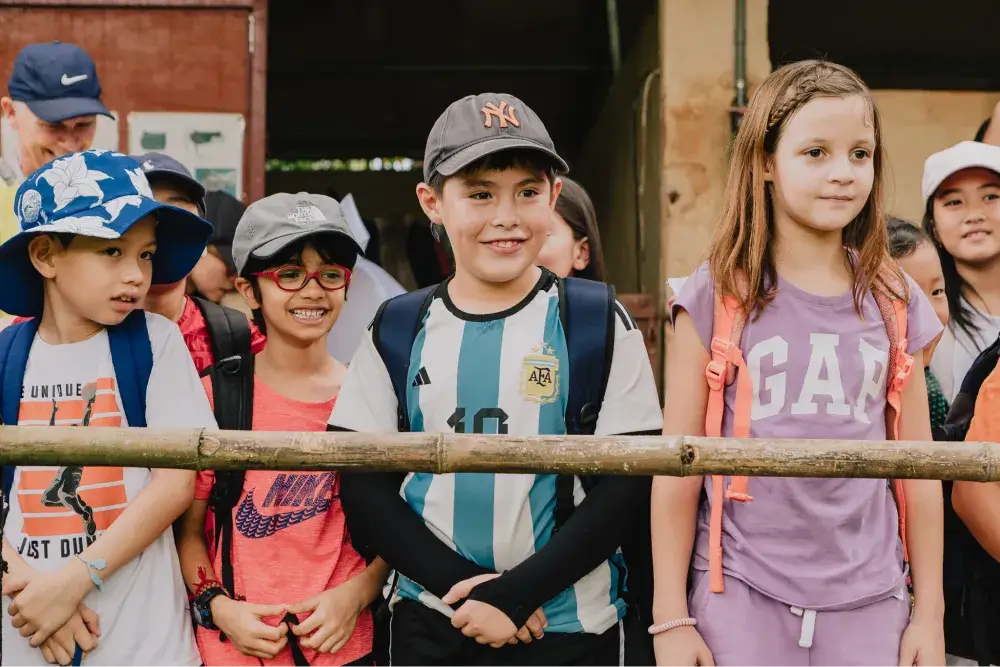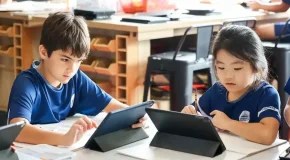12 Effective Active Learning Strategies to Boost Student Success
Active learning strategies are applied in dynamically changed classrooms, using interactive activities to engage students and impact their learning approach. These techniques transform passive listeners into active participants, enhancing understanding and retention. The article will explore the meaning of active learning and review 12 practical strategies that educators can incorporate into their classrooms.
What is Active Learning?
Active learning is an approach in which students are involved actively in activities that would help them enhance the analysis, synthesis, and evaluation of class content. Learners engage in discussions, problem-solving, and hands-on activities rather than passively receiving information.
Key elements of Active Learning involve reflection, application, and interaction to help deepen the understanding and reinforce knowledge. Active learning makes education more engaging by having students relate theoretical concepts to real-life contexts, thus building practical understanding and critical thinking.
With active learning, students become more responsible for their learning processes and encourage them since they will actively participate, instead of just passively receiving information. Therefore, education will be more dynamic and effective to prepare them for further life and challenges.
12 Active Learning Strategies for Students
1. Think-Pair-Share
In this activity, students individually reflect on a specific question or prompt (Think). Next, they discuss their thoughts with a partner, allowing them to refine and expand their ideas (Pair). Finally, students share their insights with the entire class so that everyone can hear multiple perspectives (Share). The Think-Pair-Share method encourages active listening, builds confidence in sharing thoughts, and enhances peer learning as students reinforce each other’s understanding of the concept.
2. Case Studies
Case studies present real-life circumstances connected to the lesson, enabling students to put theoretical knowledge into practice. Teachers provide students with research articles for specific content areas, and the students work on those cases individually or in a team. This practice enhances critical thinking and decision-making as the students need to evaluate the case and provide solutions for the problem.
3. Role-Play
Role-play helps students dive into different perspectives by acting out specific roles related to a topic. Role-playing fosters empathy, as students understand varying viewpoints, and improves critical thinking, as they must consider and articulate their roles’ motivations and actions. Additionally, it also enhances engagement, making lessons memorable and impactful.
4. Peer Teaching
Peer teaching allows students to alternate explaining a specific part of a topic to a classmate within two to three students. As students share their information with friends, their comprehension and communication skills grow significantly. Peer teaching can be as short as summarizing the fundamental ideas of a lesson to classmates, boosting student interaction, accountability, and group processing.
5. The Muddiest Point
After a lesson, students are asked to identify the concept they found most confusing, referred to as “the muddiest point.” This feedback assists teachers in pinpointing challenging areas and clarifying them in future lessons, ensuring that every student is included. Additionally, the strategy encourages students to reflect on their learning while enabling teachers to adjust their instruction effectively.

6. Game-based Learning
Incorporating educational games into lessons adds an element of fun while reinforcing key concepts. Games can be in the form of quizzes, puzzles, and class competitions around the content. For example, teachers might create a timed challenge in a math class where students solve equations to “win points.” Game-based learning increases engagement and motivation, as students enjoy the thrill of competition while learning.
7. Three-step Interviews
Three-step interviews engage students in pairs, each taking turns interviewing the other on a specific topic. After both shared their thoughts, each partner presented the other’s insights to the class. This strategy encourages listening, collaboration, and comprehension, as students are responsible for accurately conveying their partner’s responses.
8. The Pause Procedure
The Pause Procedure involves the teacher pausing periodically during a lecture to allow students to discuss and digest the material with their peers. These breaks enable students to consolidate their understanding and address any immediate confusion. The procedure is a simple yet effective way to reinforce learning and promote active participation.
9. Problem-based Learning
Problem-based learning involves giving students a situation or a problem that exists in real life to solve. In solving the issues, the necessary skills that the students gain are critical thinking, research, and analysis skills that are important both within and outside the learning environment.
10. Experiential Learning
Experiential learning involves students in activities that allow hands-on experiences relevant to the subject. This learning mode will enable students to apply knowledge in practical ways that can enhance retention and understanding. Therefore, experiential learning engages several different learning styles and is an inclusive strategy allowing students to connect theory with practice.
11. Brainstorming
Brainstorming involves the listing of ideas within groups. This strategy could enhance creativity and ensure the participation of all persons within a group. In a brainstorming session, students can present their views without immediate criticism. It also allows students to see different perspectives on one topic and might be used to initiate discussion or project planning.
12. Field Trips
Field trips enhance the learning experience outside the classroom by linking the curriculum with the actual situation. Whether a museum or an outdoor activity, these trips help students comprehend better by giving a physical aspect of what they study, considering the limitations of the classroom.

ISHCMC’s programs incorporate active learning into their curriculum to develop well-rounded students prepared for global success. The learning environment fosters critical thinking and hands-on involvement in activities that enhance academic and life skills development. Students engage in active learning at ISHCMC through projects and group activities that make the learning process entertaining and memorable.
Boost Active Learning Skills with ISHCMC’s Innovative Programs
Incorporating effective active learning strategies benefits students and teachers by creating a dynamic, engaging classroom experience. At ISHCMC, students are exposed to an active learning environment, which has been empowered by academic excellence for their social growth. Discover the transformative power of active learning for your child by applying to ISHCMC today.






